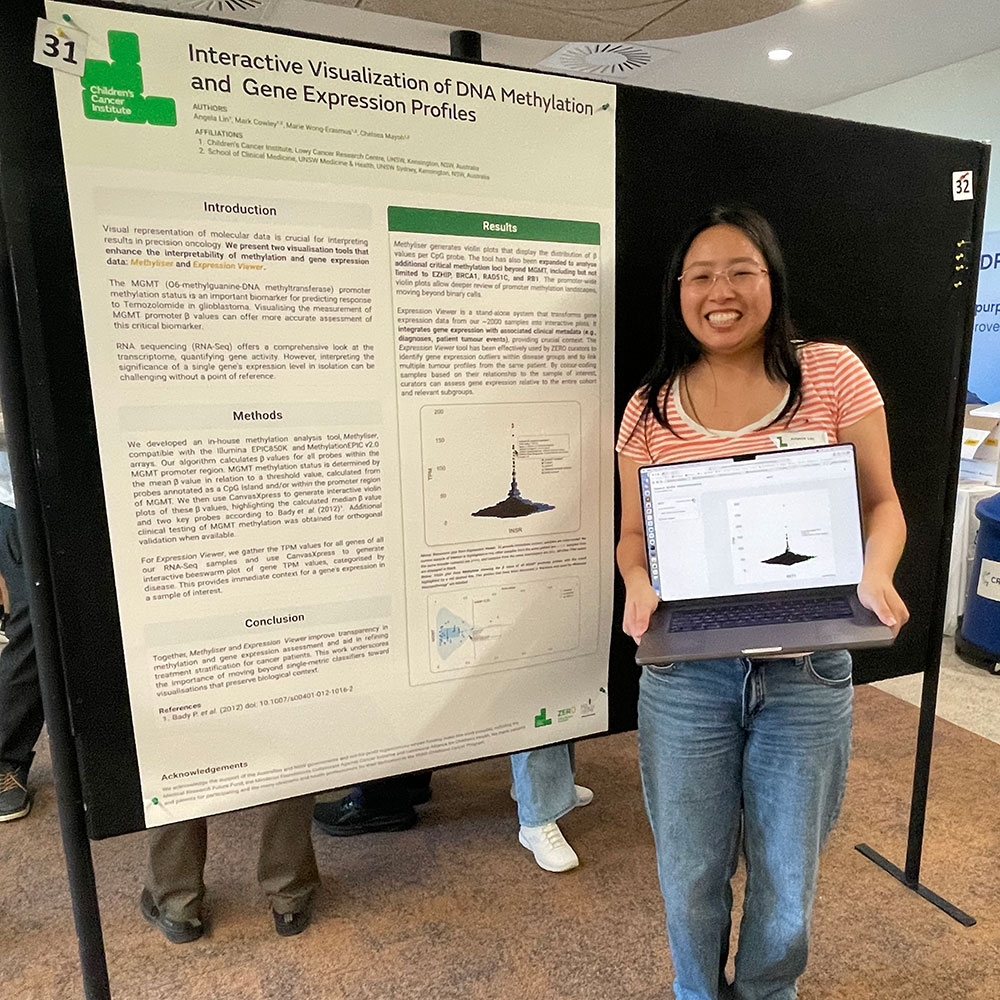About 80% of Australian children now survive cancer – an amazing outcome that’s largely due to medical research. But that still leaves 20% who don’t. Nearly three children are dying from cancer every week. Those who do survive often have life-long side-effects from the very treatment that saved their lives.
That’s clearly not good enough. To save the lives of all children with cancer while doing minimum damage to their growing bodies, we need more effective, less toxic drugs.
Chemotherapy – a double-edged sword
There’s no denying that traditional chemotherapy has, is and will likely continue to play a fundamental role in treating and curing cancer. However, this life-saver is a double-edged sword.
Until the 1960s, surgery and radiotherapy were the main cancer treatments. While these are often effective against a primary tumour, they don’t stop the spread of cancer throughout the body (metastasis). A series of clinical trials during the 1960s showed that giving combinations of chemotherapy drugs in addition to surgery and radiation markedly improved survival rates. Many of the drugs identified during this period are still being used to treat cancer today.
Cancer cells divide rapidly – one cell producing two, two producing four, four eight etc. Most traditional chemotherapy works by blocking cell division in some way. For instance, some drugs damage DNA so it can’t be copied (replicated), while others prevent dividing cells from separating.

There is a problem though, because cancer cells aren’t the only dividing cells in our body. Hair cells, bone marrow cells and the cells lining the digestive tract need to divide to do their job, and they’re damaged by chemotherapy. This causes side-effects like hair loss, anaemia, infection and nausea. The consequences are particularly severe in children’s growing bodies. Sadly, most child cancer hospital wards are full of children suffering from the side-effects of treatment rather than the cancer itself.
Targeted cancer therapy
Scientists know that to overcome this general toxicity, they need to find treatments that kill cancer cells and only cancer cells. The best way to do this is to 1) identify specific characteristics of cancer cells that are different to normal cells and 2) develop drugs that target those characteristics.
This targeted therapy should not only be less toxic to normal cells, but should also be more effective against cancer cells. One thing to remember from last week’s blog post however, is that cancer cells are highly adaptable. So one targeted therapy may not be enough. It will likely take multiple targeted therapies, or a combination of a targeted therapy with traditional chemotherapy, to complete eradicate every single cancer cell.
Targeted therapies for neuroblastoma
Neuroblastoma is the most common solid tumour in early childhood. For children with aggressive neuroblastoma, like little Lulu, survival rates are only around 50%.

One characteristic that makes neuroblastoma cells different from normal cells is that, instead of having the usual two copies of a gene called MYCN, in about 20% of cases there are multiple copies (often over one hundred) of this gene. MYCN is a ‘master switch’ that coordinates a vast array of genes involved in cancer initiation, growth and spread. Neuroblastoma tumours with extra copies of MYCN progress rapidly, and these patients have a particularly poor prognosis.
Scientists have been trying for years to target MYCN and the genes it regulates. In our labs we’ve been testing a newly-developed drug called CBL137. This drug inhibits a protein complex called FACT. FACT is switched on by MYCN, and it in turn increases the amount of MYCN in cells, creating a vicious cycle.
Our researchers found that CBL0137 dramatically slows the growth of neuroblastoma cells. Importantly, unlike many chemotherapy drugs, CBL137 does not damage DNA. It’s DNA damage that causes many of the side-effects of chemotherapy. What’s more, our latest findings have shown that when CBL137 is combined with a second cancer-targeting drug called panobinostat in a laboratory model of neuroblastoma, tumours are completely eradicated.
We’re very excited by these results, as they could potentially transform the treatment of high-risk cancer, so that more children survive. With further research we hope to take drug combinations like CBL137 and panobinostat from the bench to the bedsides of children with aggressive neuroblastoma.
Read Lulu’s story.
Top image: A drug discovery robot can quickly and efficiently test thousands of potential cancer drugs















